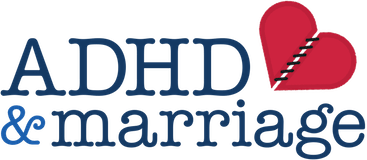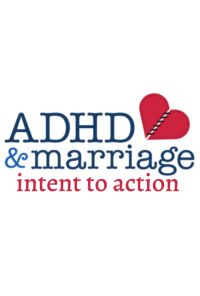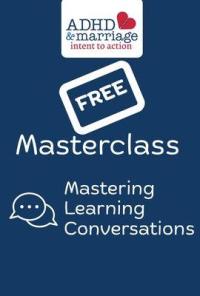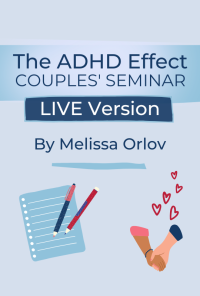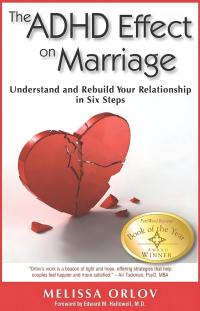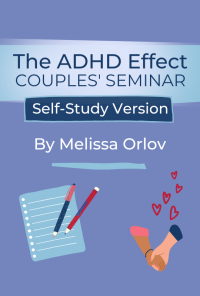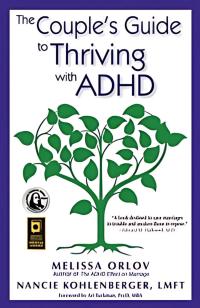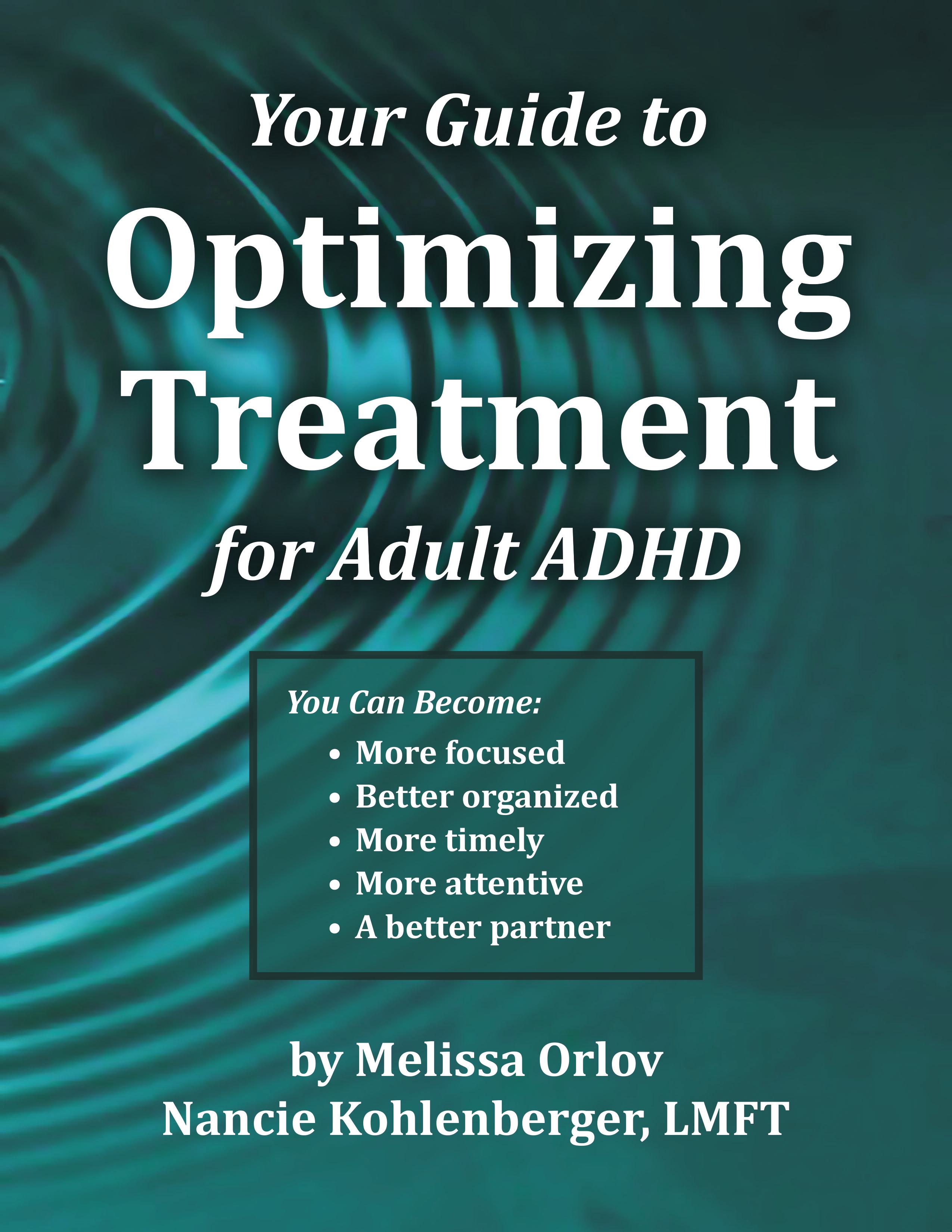You might see medication as the ‘fix’ for you or your partner’s ADHD and, if you do, you are not alone. This is a common misperception about treating ADHD. However, ‘pills don’t teach skills’ and so it is important to follow these steps to optimize treatment for adult ADHD once you have a diagnosis.
Step 1 – Set target symptoms
By definition a person with ADHD has multiple symptoms related to that ADHD – hence the diagnosis. However, some of those symptoms are likely causing more problems in your life than others. Talk with your partner to identify which symptoms are the most intrusive and set one or two of them (only!) as your ‘target symptoms.’ This will help you tailor treatment to be most helpful, and help measure the effectiveness of potential treatment strategies against those specific symptoms.
Examples of target symptoms and potential effective treatments include: impulsive or explosive anger (first line treatments might include mood stabilizers such as anti-depressants; mindfulness training; interactive conversational training); difficulty following through on tasks (primary treatments include stimulant medications and coaching) and poor short-term memory (first line treatments include changing interactions with a partner, setting a reminder system and note taking and/or calendaring). You can see how different these approaches are, and how identifying your top priorities for treatment, rather than just saying “improve my ADHD” can effectively and efficiently get you and your doctor on the right path.
Step 2 – Find ‘ADHD-friendly’ strategies to turn into habits across 3 'Legs' of treatment
Find treatments for your target symptoms across all three legs of treatment.
There are 3 ‘legs’ to effective treatment and ADHD adults must use strategies from all three legs if they wish to optimize their life performance. These legs are:
Leg 1: Physiological
Leg 1 treatments change the chemistry of the brain to bring it to a more neuro-typical state. Treatments supported by research as being effective in this arena include: medication; exercise; improved sleep patterns; a very few dietary changes; mindfulness and meditation; and lowering stress levels. These treatments improve focus and control over attention.
Leg 2: Behavioral:
Though many don’t think of changing behaviors as ‘treatment,’ doing so is a critical part of managing ADHD. In this leg, those with ADHD create new patterns of behavior that help them support what it is they wish to accomplish in their own lives. This ‘leg’ tackles organizational skills; memory; initiation and follow through; duration of attention and more. In essence, taking improvements in focus gained with Leg 1 treatments and applying that focus to everyday behaviors.
Strategies include calendaring (a MUST for anyone with ADHD); reminders; setting up regular systems and habits of all sorts and much more. This leg is all about improving the ADHD person’s personal, daily performance.
Leg 3: Interactive
Though an ADHD adult’s life becomes easier when excellent strategies are in place for Leg 1 and 2 treatment, the important elements for a satisfying relationship are enhanced with Leg 3 interactive ‘treatments.’ In this leg, couples develop consistent ways to manage ADHD-impacted interactions that support both of them in a positive way. Just a few examples include:
- Setting up verbal cues and greater body awareness to stop triggering arguments before they get out of control
- Recognizing how hard it might be for an ADHD partner to disengage from one activity to focus on the partner by lengthening the ‘transition’ in many conversations, thus assuring full attention
- Creating a weekly chore check-in so that non-ADHD partners are not left wondering about the status of agreed-to projects
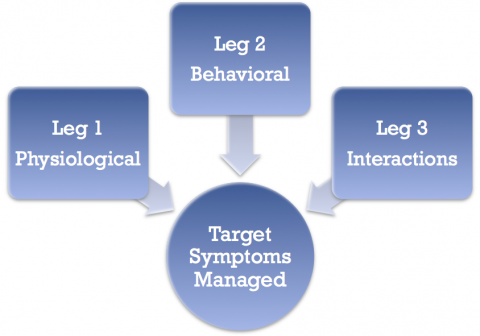
Step 3 – Implement, assess, and revise
The process of creating new habits can take a lot of time – over 60 days for non-ADHD partners and even longer for ADHD. Further, not every idea you try will work. It’s important to keep those target symptoms in mind, and regularly check in with each other to assess what is working and what isn’t. This isn’t just the responsibility of the ADHD partner. Non-ADHD partners can be helpful here by providing another set of eyes and identifying shifts in patterns of behavior. (Don’t focus on individual incidents, as this is demotivating!)
Think of the process of finding just the right strategies that work for you as a long experiment. You are seeking something that fits your style and can be implemented for the long-term. So, for example, if the ADHD partner has trouble remembering to do things, there are many potential strategies, of which these are just a few:
- Use a phone and set audible reminders in a calendar (downside: alarms may soon be ignored by some or trouble capturing)
- Carry a note card and pen (or bullet journal) for quick capture, then put things to remember into a reminder system at the end of the day
- Set aside 30 minutes each morning to plan out your day by time slot
- Put a white board in your kitchen and ‘stumble upon’ it regularly, checking off things that have been completed
- Use a ‘buddy’ system for particularly important or recurring events
Once you’ve chosen a strategy to try out, make sure to set reasonable but very specific and time-bound goals to help you measure effectiveness. For example, ‘do the dishes three nights this week’ is a much more objectively measurable goal than ‘do the dishes more often.’ In the first case you either met the goal or didn’t. In the second, just about anything goes.
For more information about optimizing treatment for adult ADHD, download my free treatment e-book from my website homepage (www.ADHDmarriage.com).
- MelissaOrlov's blog
- Log in or register to post comments
